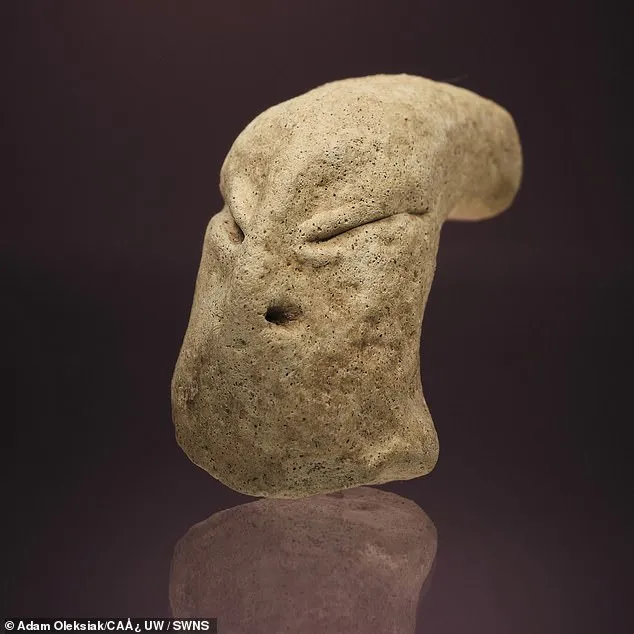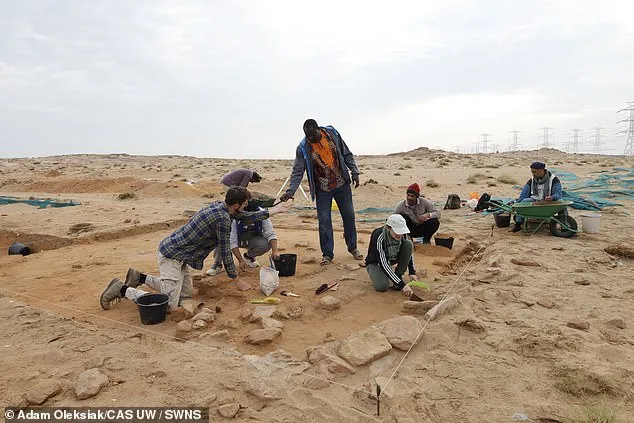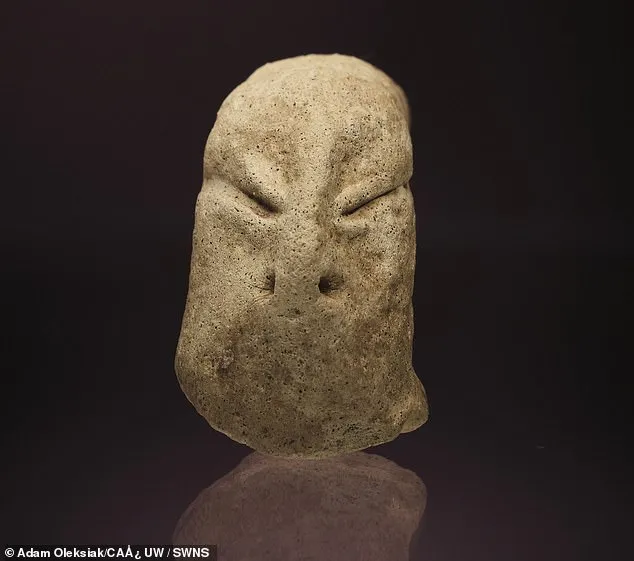Mysterious alien-like statue unearthed from a Stone Age settlement
Alien-like clay sculpture dating back 7,000 years offers clues into cultural exchange between Stone Age civilizations.
Archaeologists have dug up something otherworldly.
A mysterious clay figurine dating back 7,000 years was recently discovered in the Arabian Gulf — and it bears a striking resemblance to modern depictions of alien visitors to Earth.

Researchers at Bahra 1, a prehistoric site in the north of Kuwait, described the artifact as a “small, finely crafted head, with slanted eyes, a flat nose and an elongated skull.”
It’s the first such find in the region, they noted, though others with a similar countenance have turned up at Mesopotamian sites and are typical of others related to the Neolithic Ubaid community, who settled in the Arabian Gulf during the sixth millennium B.C.
“[The] discovery of the figurine was a total surprise for the whole team,” Agnieszka Szymczak, an expedition leader, told Live Science.

The joint team from Kuwait and Poland found the statuette at one of the oldest settlements in the region, which existed from 5,500 to 4,900 B.C.
“The presence of this figurine at our site raises intriguing questions about its purpose and the symbolic, and perhaps ritual, meaning it may have had for the community inhabiting this settlement,” said the University of Warsaw’s Professor Piotr Bieliński, per the Daily Mail.
Researchers also noted that the figurine was made of Mesopotamian clay, unlike the “coarse red ware” ceramics usually seen throughout the Arabian Gulf, suggesting the Ubaids had imported their traditional materials to the region.
Archaeoogists at the Bahra 1 site in Kuwait unearthing a 7,000-year-old alien-like figurine. Adam Oleksiak/CAÅ UW / SWNS

The findings indicate a “prehistoric crossroads of cultural exchange,” said Szymczak.
The symbolic meaning behind the figurine is as yet unknown, though some researchers believe its oblong cranium may serve as a model for ancient “head-shaping” practices, followed by the Ubaid community and previously observed in Mesopotamian skeletal remains.
Some researchers believe the mystifying practice, which peaked during the fifth millennium B.C., demonstrated one’s social class or identity within the ancient civilization.






